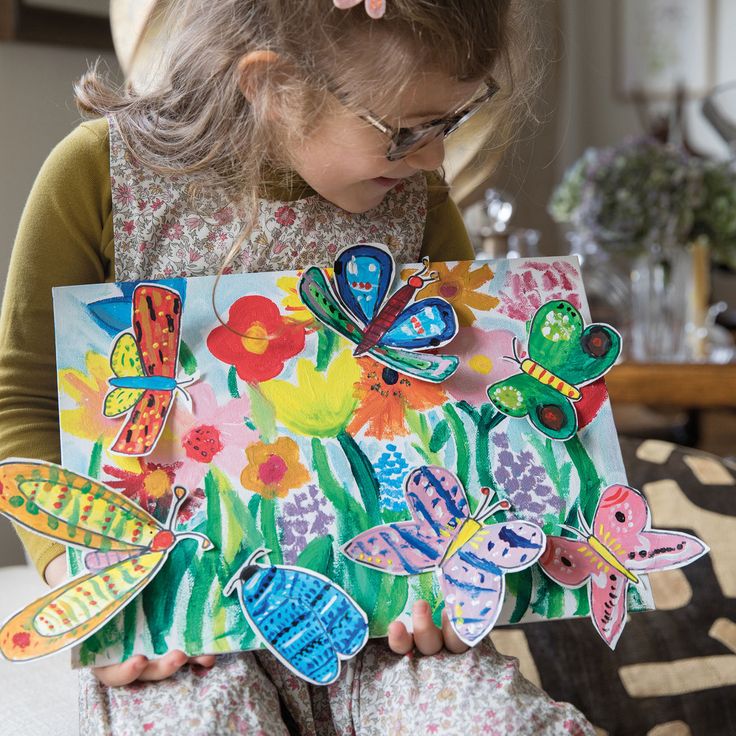I grew up making art. Doodling, drawing, painting, and DIYing things was my full-time job as a kid, and I may not recall how my adult caregivers have reacted to the little things I created, but I know damn well the reactions that made me feel awkward or less confident in my art. So, here I am with a little guide on how to react when a child shows you their art.
Check out this article for more kids-related art content: Art for Kids: The Magic of Growing up with Creative Practice
5 Fun Art Activities for Kids: Help Improve Their Focus!
Stop guessing what they created!
When a child brings you something they have created, please fight your urge to say, “Oh, that looks like a town” or “Oh, that looks like a giraffe!“. Do not try to guess what they have created. You have to keep in mind that a young child can’t recreate accurate interpretations of realistic objects! And even if it looks somehow similar, here’s why you still shouldn’t guess what they have created.
When a child brings you something they drew or painted, they are showing you their skill and the effort they put into the artwork instead of the actual creation. Your job as an adult is to recognize the work they have done and encourage them to confidently talk about their art and what it means to them.
How to react when a child shows you their art?
Let’s say that your child or workshop participant, or whoever the kid you’re dealing with, came up to you with a drawing. Your first words should be about their effort, so I would suggest you say, “Wow, it looks like you worked really hard on that. Would you like to tell me more about what you’ve drawn? Did you have a good time creating it?”
Notice how I did not talk about their talent, and I didn’t guess what they had created, but I mentioned their effort and gave them the space to talk about their art and what it meant to them. Without forgetting to highlight the process of making art, it should be enjoyable and motivating.
This way, you are highlighting that good work is the result of good effort. You are also teaching a child to communicate instead of jumping to assumptions, and you are allowing them the freedom to get more creative with their storytelling, which might inspire and foster more creation and better ideas.
What if the child showing you their art doesn’t feel like talking about it?
If they refuse to explain their art further in words, then maybe it is because they lack vocabulary or the artwork is more on the emotional side and they do not know how to explain it to you. In both cases, just because a child showed you their art, they do not owe you an explanation. Admire the effort, encourage them to keep creating, and let go of any expectations you may want to put on children or the way they are supposed to be making art.
How to engage with the conversation that follows them, showing you the art they created?
Let’s say that the child is showing you a drawing of what looks like a hat. And then she proceeds to explain to you that it is an elephant eating a dog or something similar. Do not try to change their narrative. And do not try to teach them how they can “correctly draw their idea.”
Listen to their interpretation of their art; let them talk about it and get even crazier with the storytelling, and once they are done telling you what their art means, then you can encourage their storytelling skill, their ideas, and the way they freely express themselves through their art. Do not look for logical explanations or for things to make sense. Let children be children.
Conclusion
I hope this article helped show you how to react when a child shows you their art, and I hope we all can do a great job encouraging the little ones to practice art and make sense of it in their own way.
Enjoy creating <3

